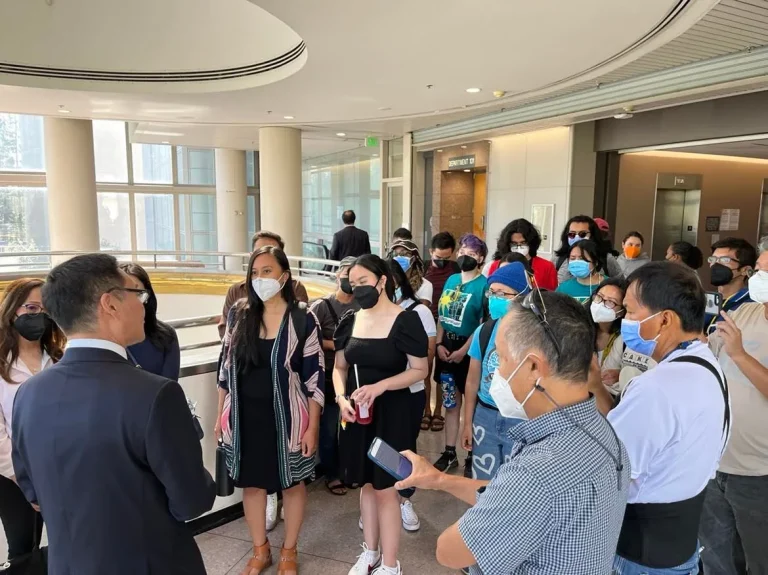Jul 31, 2022 4:28 PM PHT
Tony La Viña, Bernardine de Belen
‘Nangingingibabaw pa rin ang paghahanap kung nasaan ang mamamayang Pilipino sa gobyernong ito’
Noong nakaraan, inilista namin ang mga dapat abangan at bantayan sa unang SONA ni Ferdinand Marcos Jr. Ngayong tapos na ang SONA, nararapat namang ikumpara ito sa 9-point People’s Agenda for Change na naglalayong ipahayag ang mga dapat pagtuunan ng pansin ni Marcos Jr. sa kanyang SONA. Nilikha ito ng People’s Summit kung saan bahagi ang IBON, Bayan, Makabayan Coalition, at iba pang mga progresibong grupo.
Una sa listahan ang ekonomiya. Sa People’s Agenda, sinasabing dapat nang tugunan ang inflation, suportahan ang national minimum wage, at wakasan ang kontraktwalisasyon. Binanggit din ang kakailanganan ng national industrialization upang mapalawig ang produksyon ng bansa. Sa SONA naman, nilatag ang pagbubuwis sa digital economy at pagpaparami sa tourism spots upang lumikha ng mga trabaho. Ang problema rito ay hindi agad mapapaginhawa ng buwis at turismo ang kamahalan ng bilihin. Kung iisipin, dagdag pa nga ang pagpataw ng buwis sa produkto sa kamahalan ng mga bilihin. Hindi rin mapatataas ng mga planong ito ang produksyon ng bansa.
Kasunod naman sa People’s Agenda ang agrikultura. Dinidiin dito ang pagsuporta sa agrikultura at food production ng bansa. Bahagi nito ang pagpapatigil ng land conversion, pagbibigay ng P15,000 subsidy sa mga magsasaka at mangingisda, at paglalaan ng 10% ng budget sa agrikultura. Kasama rin ang pagbawi ng Rice Tariffication Law (RTL) dahil lugi ang Pilipinong magsasaka sa nag-aangkat dito. Binanggit naman ni Marcos Jr. ang pagbibigay ng pinansyal at teknolohikal na tulong sa mga magsasaka pati na ang one-year moratorium sa pagbabayad ng lupaing sinasakahan. Sinabi ring magtatayo ng mga farm-to-market road para madala ang mga produkto sa merkado. Ngunit habang maayos ang mga planong ito, hindi binanggit ang RTL na direktang nagpapahirap sa mga magsasaka. Kailangan ding bantayan kung sino at gaano karaming magsasaka ang mararating ng tulong na sinasabi ng pangulo.
Susunod sa listahan ang proteksyon ng karapatang pantao. Ayon sa People’s Agenda, dapat nang itigil ang madugong drug war pati na ang NTF-ELCAC at ang Anti-Terror Law (ATL) na nandadahas sa oposisyon. Dapat ring palayain ang mga bilanggong politikal at bigyang katarungan ang mga biktima ng ng batas militar. Sa kabilang banda, binanggit sa SONA ang pagpapatibay ng Anti-Violence Against Women and Children Act at pagbibigay ng counseling sa mga biktima. Walang ibang nabanggit ukol sa lantarang paglabag sa karapatang pantao sa drug war o ATL. Hindi rin humingi ng tawad si Marcos Jr. para sa karahasan ng batas militar ng sariling ama.
Isa pang mahalaga sa People’s Agenda ang pagtanggol sa freedom of expression at press freedom. Kasama rin dito ang paglaban sa disinformation na talamak noong kampanya. Bahagi rin nito ang pagbawi ng utos sa mga internet service provider na harangin ang ilang alternative media websites. Sa gitna ng paglaganap ng fake news at pag-atake sa malayang pamamahayag, walang binanggit ang pangulo na plano upang labanan ito.
Kasunod na hinihingi ang accountability sa pamahalaan. Dapat ay magkaroon ng zero-tolerance policy laban sa korupsyon pati na freedom of information. Ginagawa nitong accessible sa mga mamamayan ang mga operasyon ng gobyerno. Wala ring nabanggit tungkol sa accountability noong SONA.
Kabilang rin ang libreng health care at social services. Sa panahon ng pandemya at inflation, malaking tulong kung paglalaanan ng budget ang kalusugan, edukasyon at pabahay. Sa SONA, binanggit naman ang patuloy na pagbabakuna, at pagpapatayo ng Center for Disease Control and Prevention at mga health center upang makatulong sa pandemya. Ngunit sa kabila nito, walang nabanggit tungkol sa ibang social services at konkretong plano para sa ligtas na pagbalik-eskwela. Hindi rin nabanggit ang health care workers at nananatili pa ring walang DOH Secretary.
Nilatag din sa People’s Agenda ang pagtindig para sa ating soberanya. Kasama rito ang paggiit ng ating pagkapanalo sa West Philippine Sea. Sinabi ng pangulo sa SONA na hindi niya iiwan sa kamay ng dayuhan ang ating teritoryo ngunit walang konkretong plano na kasama ang pahayag na ito.
Dapat ding siguraduhin ang proteksyon ng kalikasan sa pamamagitan ng rehabilitation at conservation ng ating likas na yaman. Kasama rin dito ang pagtigil ng mga mapanira na mining operations at reclamation projects. Kailangan ding protektahan ang ating indigenous peoples (IP) na pinangangalagaan ang kalikasan. Sa SONA, nabanggit ang produksyon ng renewable energy ngunit walang ibang nilatag na plano para sa mga IP, at sa pag-alaga sa kalikasan.
Sa pagsisiyasat na ito, hindi maikakailang may potensyal ang ibang proyekto gaya ng pagbibigay-tulong sa mga magsasaka at pagbibigay-pansin sa renewable energy. Ngunit hindi rin maitatanggi na kung ikukumpara sa People’s Agenda, hindi sapat ang inilahad ni Marcos Jr. sa unang SONA. Kulang ang inilatag na mga plano upang matugunan ang mga hamon at paghihirap na dinaranas ng ating bansa. Patuloy ang pagtaas ng mga bilihin, ang pandadahas sa oposisyon, ang kakulangan ng mga trabaho. Kaya naman nangingingibabaw pa rin ang paghahanap kung nasaan ang mamamayang Pilipino sa gobyernong ito. Sino ba ang kasama sa pag-unlad na pinaplano ng bagong administrasyon? Hindi sapat ang ibinigay sa unang SONA, pinapatunayan nito na mas kilala pa rin ng ordinaryong mamamayan ang ating mga pangangailangan bilang isang bayan. – Rappler.com
Tony La Viña teaches law and is former dean of the Ateneo School of Government.
Bernardine de Belen recently graduated from Ateneo de Manila University with a Creative Writing degree. She has just joined Manila Observatory as a research assistant.
![[OPINYON] Ang unang SONA ni BBM vs People’s Agenda [OPINYON] Ang unang SONA ni BBM vs People’s Agenda](https://pinoyabrod.net/wp-content/uploads/2022/07/MARCOS-2-SONA-2022-768x512.webp)
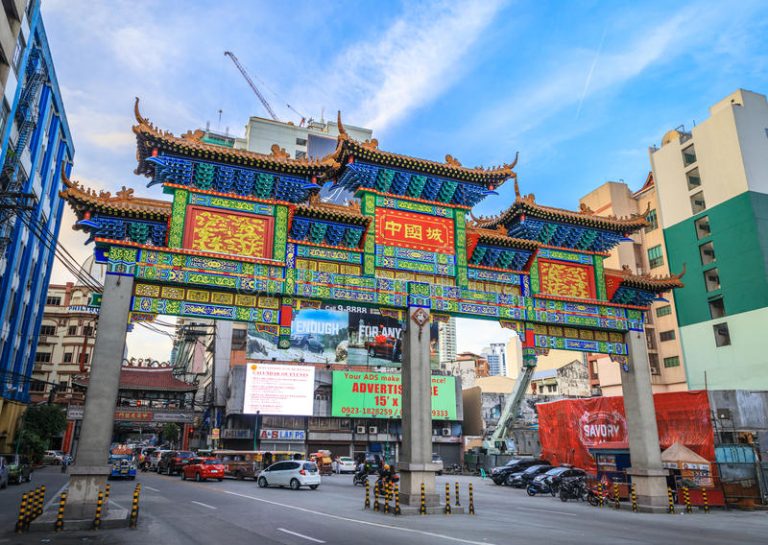
![[Newspoint] Junior gives us our cake [Newspoint] Junior gives us our cake](https://pinoyabrod.net/wp-content/uploads/2019/04/poverty_Bulatlat_Zeng.png)
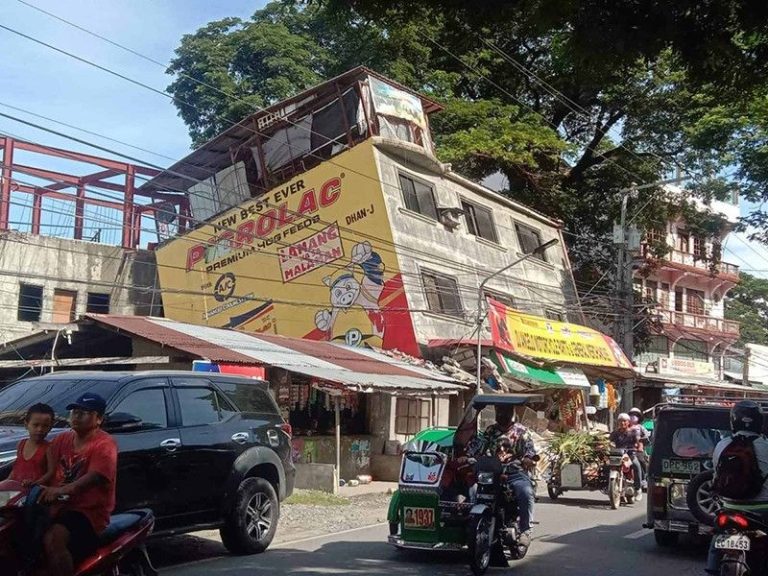








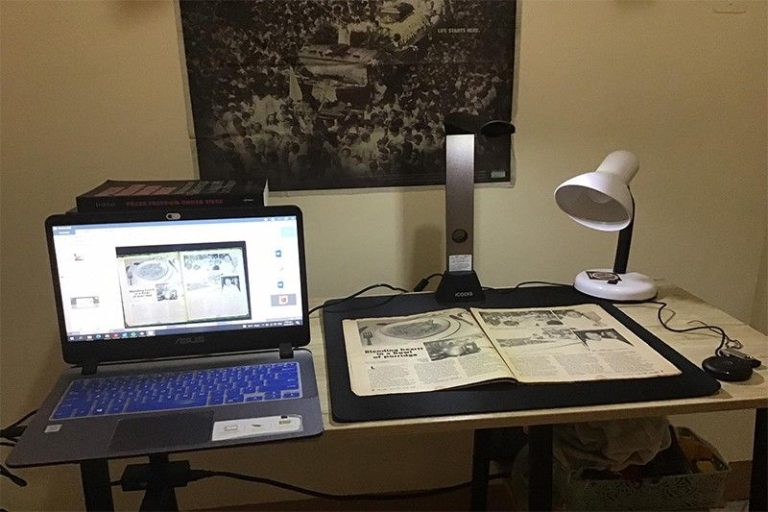
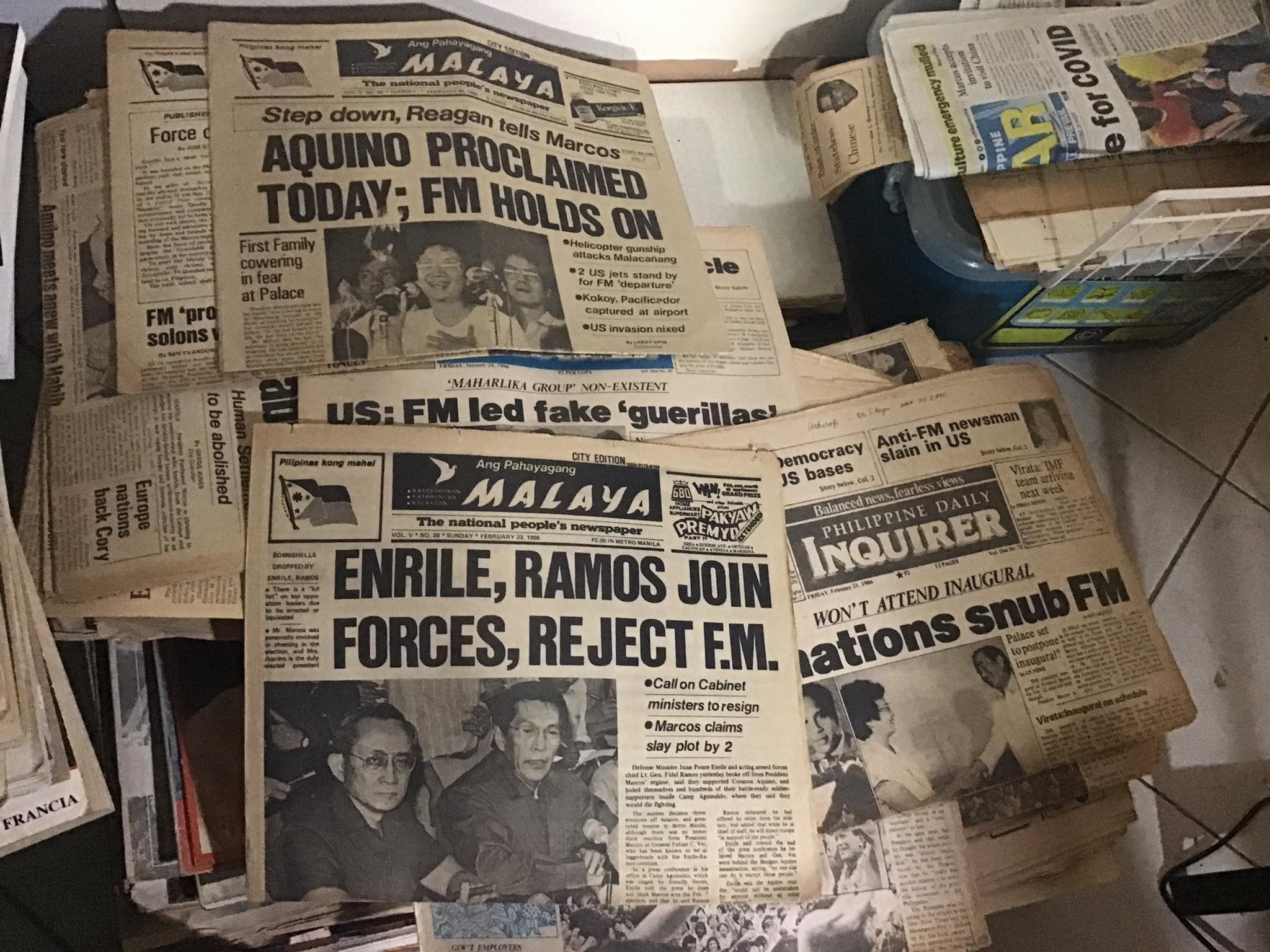
![[OPINION] The problem with the NGO-ization of resistance [OPINION] The problem with the NGO-ization of resistance](https://pinoyabrod.net/wp-content/uploads/2022/07/Community-Pantry-PNA-photo-768x573.jpg)
